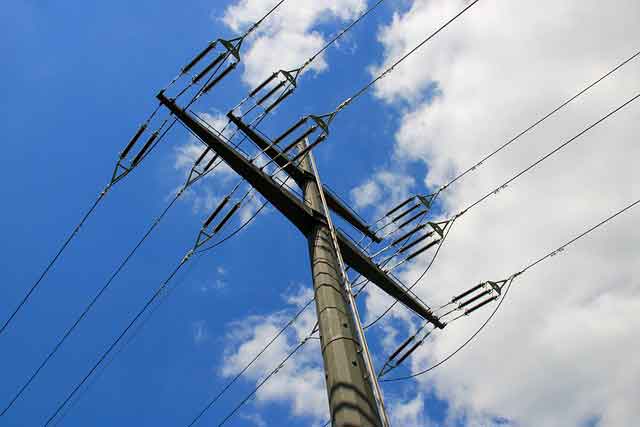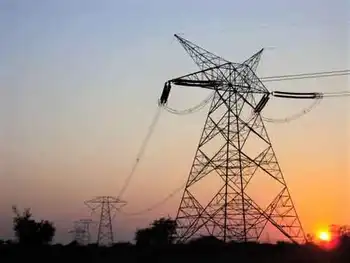Maryland judge approves final coal-ash settlement with Constellation
By SNL Securities
CSA Z462 Arc Flash Training - Electrical Safety Essentials
Our customized live online or in‑person group training can be delivered to your staff at your location.

- Live Online
- 6 hours Instructor-led
- Group Training Available
"The litigation claimed that Constellation contaminated residents water supplies and endangered lives by dumping coal ash in a sand and gravel quarry near their homes in Anne Arundel County for more than a decade," The Murphy Firm, a Baltimore law firm, said in a statement December 31.
The firm said the settlement, approved by Baltimore City Circuit Court Judge Alfred Nance, provides for the connection of 84 households previously supplied by private wells to public water, the establishment of two trust funds to compensate affected property owners and provide site enhancements in the neighborhood, the remediation and restoration of the former quarry site, and a commitment to cease future deliveries of new coal ash to the quarry.
The costs and benefits of these expenditures, improvements and legal fees are estimated to be $54 million, said Hassan Murphy, managing partner of The Murphy Firm. Murphy added: "The settlement is a milestone in Maryland environmental and legal history. It serves the plaintiffs' personal and economic rights, and provides for their future safety as well as long term restitution."
Murphy noted the December 22 failure of a coal-ash impoundment at the Tennessee Valley Authority's Kingston power plant. "The tragic coal-ash spill in Tennessee demonstrates the devastating impact that coal-ash can have on unsuspecting communities," Murphy said. "This settlement clearly signals communities near fly-ash dumps that they can reclaim their communities and regain their lives."
Constellation spokeswoman Maureen Brown confirmed December 31 that Nance on December 30 approved the settlement, which had first been announced October 31. She noted that the figure used on October 31 for the settlement amount was $45 million and could not say how the law firm came up with $54 million. She said Constellation is pleased to have done this deal for the benefit of local residents. Brown noted that much of Constellation's ash is now transported for disposal in Virginia, and Constellation recycles much of its ash at a rate higher than the industry average.
A Web site, www.communityashupdate.com, is devoted to this matter, and the October 31 announcement is available at that site, the spokeswoman said.
In its November 10 Form 10-Q filing, Constellation outlined its legal problems with coal ash. "In October 2007, a subsidiary of Constellation Energy entered into a consent decree with the Maryland Department of the Environment relating to groundwater contamination at a third party facility that was licensed to accept fly ash, a byproduct generated by our coal-fired plants. The consent decree requires the payment of a $1.0 million penalty, remediation of groundwater contamination resulting from the ash placement operations at the site, replacement of drinking water supplies in the vicinity of the site, and monitoring of groundwater conditions. We recorded a liability in our Consolidated Balance Sheets of approximately $7.9 million, which includes the $1 million penalty and our estimate of probable costs to remediate contamination, replace drinking water supplies, monitor groundwater conditions, and otherwise comply with the consent decree. We have paid approximately $2.3 million of these costs as of September 30, 2008, resulting in a remaining liability at September 30, 2008 of $5.6 million. We estimate that it is reasonably possible that we could incur additional costs of up to approximately $10 million more than the liability that we accrued."
Constellation continued in the 10-Q: "In November 2007, a class action complaint was filed in Baltimore City Circuit Court alleging that the subsidiary's ash placement operations at the third party site damaged surrounding properties. The complaint seeks injunctive and remedial relief relating to the alleged contamination, unspecified compensatory damages for any personal injuries and property damages associated with the alleged contamination, and unspecified punitive damages. In September 2008, we entered into a non-binding agreement with representatives for the class action plaintiffs and, as a result, recorded a liability for the anticipated settlement. On October 31, 2008, we entered into a definitive settlement agreement which was filed with the Court and is subject to Court approval. The Court is expected to schedule a hearing for final approval of the settlement sometime in December 2008."











